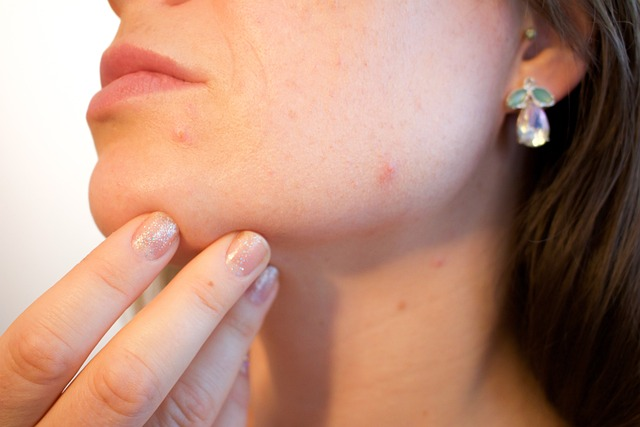
Pimples: Yes, we all get them and yes, we all wish we didn't. The age-old problem of pimples persists and these small, often painful skin eruptions can negatively impact one's confidence. Fortunately, there are several methods to combat pimples.
In this comprehensive article, we will focus on a healthy skincare routine and the Ayurvedic perspective on achieving clear, radiant skin, the Shankara way!
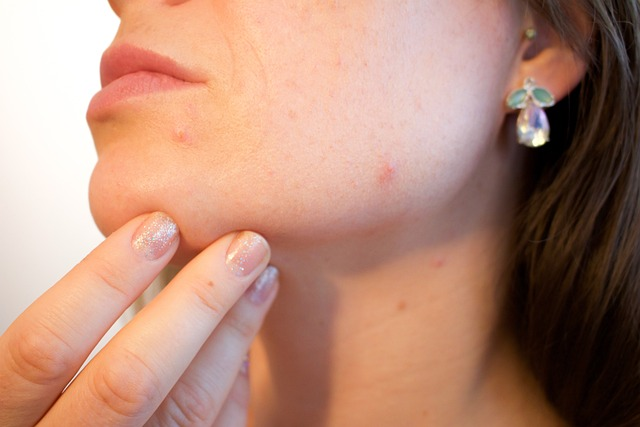
Pimples, often referred to as acne or zits, are the bane of many individuals' existence. While they are most common during the teenage years due to hormonal changes, they can appear at any age and for various reasons.
Delving deep into the anatomy and pathology of pimples can provide better insight into adult acne and into its prevention and treatment.
The skin, our body's largest organ, has multiple layers, with each having specific functions. The outermost layer, known as the epidermis, acts as a barrier and is where new skin cells form.
As they mature, they move to the surface and eventually die, making room for younger cells. This continuous cycle of skin cell renewal is a natural process and apart of skin health.
Beneath the epidermis lies the dermis, home to sweat glands, hair follicles, and sebaceous glands. Hair follicles are small sacs from which hair grows.
Attached to these follicles are sebaceous glands, which produce oily substance called sebum. Sebum is an oily substance responsible for keeping our skin moisturized and protected.
Excess Sebum Production: Hormonal fluctuations, particularly the increase in androgens during puberty, can cause sebaceous glands to enlarge and produce more sebum. Though this oil is essential, an overproduction can lead to problems.
Dead Skin Cell Accumulation: Our skin sheds millions of dead skin cells daily. Ideally, these cells rise to the surface and flake away. However, sometimes, they become trapped inside the hair follicle, especially if there's excessive sebum.
Clogged Hair Follicles: The combination of accumulated dead cells and excessive sebum can cause the hair follicle to become clogged. This creates a conducive environment for the growth of Propionibacterium acnes (P.acnes) a bacterium present on our skin that can lead to acne breakouts.
Bacterial Growth and Inflammation: In the trapped environment of a clogged pores, P. acnes can multiply quickly. As they feed on sebum, they produce waste and fatty acids, irritating the surrounding skin cells. Our body's immune response to this is to send white blood cells to combat the bacteria, leading to inflammation. This entire process culminates in the formation of a pimple.
Types of Pimples: Not all pimples are the same. The extent of the blockage and the depth of inflammation determine their appearance. Whiteheads and blackheads are non-inflammatory and form due to partial or complete blockages, respectively. Papules, pustules, nodules, and cysts are inflammatory, with varying degrees of severity and depth.
Several factors can influence the onset of pimples:
Hormonal Changes: Apart from puberty, menstruation, pregnancy, and polycystic ovary syndrome can also trigger pimples or hormonal acne.
Diet: Some studies suggest that carbohydrate-rich foods and dairy might exacerbate acne.
Medications: Drugs containing corticosteroids, androgens, or lithium can cause pimples.
Stress: While not a direct cause, stress can exacerbate acne prone skin.
Understanding the intricate processes that lead to pimple formation is helpful for prevention and treatment. Recognizing the factors at play and their interrelationships provides a solid foundation for adopting strategies that maintain clear and healthy skin.
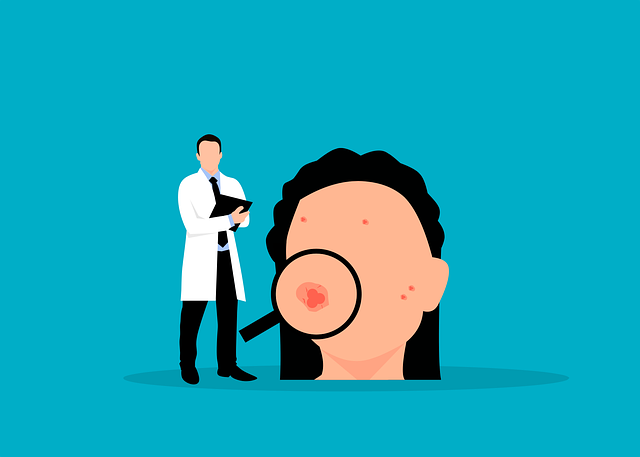
Ayurveda, the basis of Shankara Natural, with its roots deeply entrenched in ancient India, provides a holistic paradigm for addressing a myriad of health concerns, including skincare and get rid of pimples fast enough.
It emphasizes that our skin is a mirror to our internal health, capturing the harmony or discord within our body. By looking through the Ayurvedic lens, we can better understand and address the root causes of pimples.
At the core of Ayurvedic principles lie the three primary life forces or doshas - Vata, Pitta, and Kapha. These doshas are elemental energies that govern physiological activities.
Dosha Imbalance and Pimples:
Pitta Dosha: Responsible for metabolism, digestion, and hormonal balance, an aggravated Pitta dosha manifests as excess heat and inflammation. This imbalance often translates to the skin in the form of pimples, redness, and a burning sensation.
Recognition and Restoration: Reestablishing balance involves more than just topical treatments. It requires dietary, lifestyle, and sometimes even emotional changes.
Ayurveda places immense emphasis on "Aahar" (diet) as a preventive and curative measure.
Aggravators and Pacifiers: Foods rich in spices, salts, and oils tend to exacerbate the Pitta imbalance. On the other hand, cooling foods like cucumbers, melons, dairy products, and leafy greens pacify the aggravated dosha. Hydration is another cornerstone, helping in detoxifying the body, ensuring adequate water intake is crucial.
Nature is replete with remedies, and Ayurveda taps into this reservoir with finesse.
Neem (Azadirachta indica): Often referred to as the 'village pharmacy', neem has a multitude of therapeutic properties. Its leaves, when ground into a paste, act as a formidable deterrent against acne-causing bacteria.
Turmeric (Curcuma longa): This ubiquitous spice, with its bright yellow hue, isn't just a kitchen essential. It's a potent anti-inflammatory and antiseptic agent. Applying a paste of turmeric and honey can alleviate the redness and swelling associated with pimples.
Aloe Vera: This succulent plant, with its gel-like interior, is a treasure trove of anti-inflammatory and soothing compounds. Applying fresh aloe gel to acne-prone areas can significantly reduce inflammation and promote healing.
Far from the contemporary stance of avoiding oils for acne-prone skin, Ayurveda extols the virtues of specific oil massages or 'Abhyanga.'
Balancing Oils: Oils like coconut, sunflower, and even sesame have properties that balance Pitta. They not only nourish the skin but also help in drawing out deep-seated toxins. Regular self-massage can regulate sebum production and prevent pore clogging.
The mind-body synergy is a cornerstone of Ayurvedic principles. A stressed mind can manifest physically in the form of breakouts.
Stress Management: Practices like meditation, 'Pranayama' (breath control exercises), and yoga go a long way in calming the mind, ensuring that emotional imbalances don't wreak havoc on the skin. By ensuring that our mental energies are channeled and balanced, we can preempt many skin issues, including pimples.
Ayurveda, with its comprehensive and holistic approach, offers valuable insights into the realm of skincare. While quick fixes might seem enticing, it's the harmony of body, mind, and soul that provides lasting solutions. By embracing Ayurvedic principles, not only can we pave the way for pimple-free skin but also for overall wellness.
We have a lot of natural product products that can help with treating pimples and prevent pimples, too.
Shankara's Deep Pore Cleansing Mask is a quintessential addition to the skincare regime of those battling acne. Harnessing the range of natural ingredients, this gentle cleanser mask can treat acne as it delves deep into the skin, drawing out impurities like dirt and excess oil that are often the culprits behind breakouts.
Its exfoliating properties ensure that dead skin cells, which can clog pores, are effectively sloughed off. For individuals with very oily skin, the mask plays a pivotal role in regulating sebum production, striking a balance, the skin neither too dry nor too oily.
Beyond its deep cleansing attributes, it stands out for its calming, and anti-inflammatory properties and soothing effects, minimizing the redness and inflammation commonly associated with acne-prone skin. With consistent use, not only does it act as a bulwark against pimples, but it also rejuvenates the skin, bestowing a radiant and beautifullly refreshed look.
Shankara's Blemish Support Serum is a meticulously formulated elixir designed to address the unique challenges of sensitive skin that is also more acne-prone skin. Infused with a blend of nature's finest ingredients, this special serum targets the root causes of blemishes severe acne and deep pimples, effectively reducing their appearance and preventing future breakouts and the overall skin condition.
Its lightweight texture ensures easy absorption, delivering potent actives deep into the skin to combat inflammation and redness and even for spot treatments. The serum works to regulate sebum production, maintaining an optimal balance that is neither too dry nor too oily.
With consistent use, users can expect a visibly clearer complexion, reduced pore size, and a skin texture that's smooth and rejuvenated even reducing acne scars. Ideal for daily use, this serum is a testament to Shankara's commitment to combining nature's wisdom with cutting-edge skincare science.
Remember, it's always beneficial to have the specific ingredients or unique selling points of a product when crafting descriptions for accuracy and relevance.
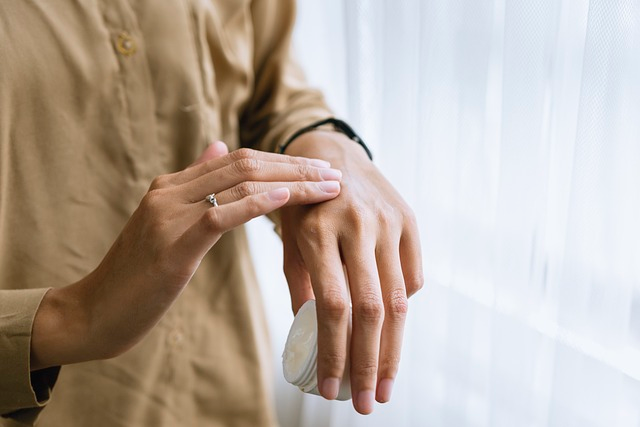
The journey to pimple-free skin is more than just topical treatments; it's about holistic wellness. By maintaining a healthy skincare routine and integrating Ayurvedic principles and Shankara Natural products, one can tackle the root causes of pimples.
Remember, everyone's skin is unique. What works for one might not work for another. Therefore, always listen to your skin, observe its needs, and be patient. With consistent effort and a balanced approach, clear and radiant skin is achievable.
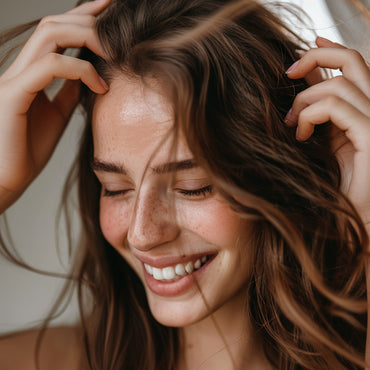
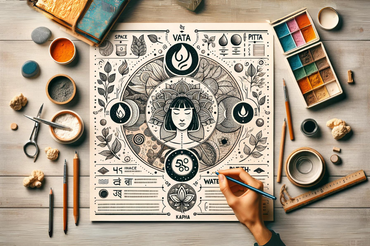
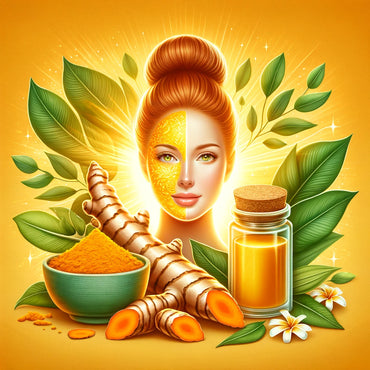
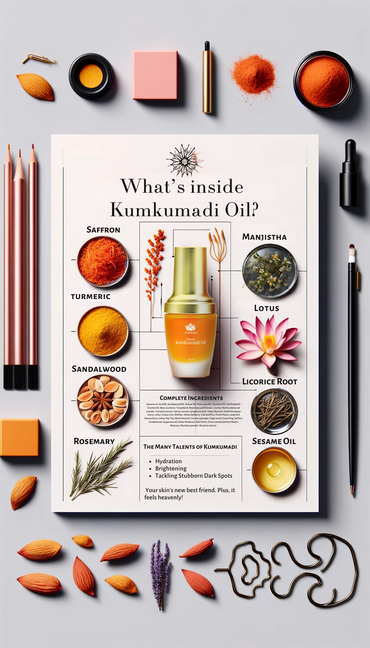
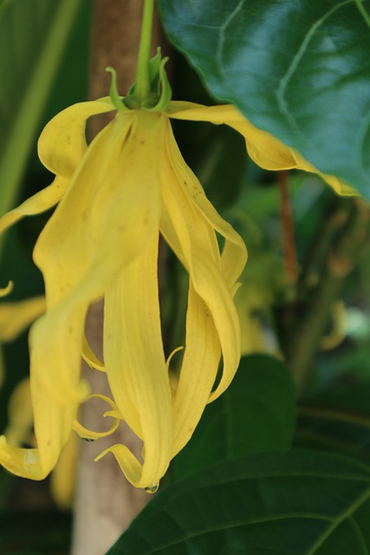
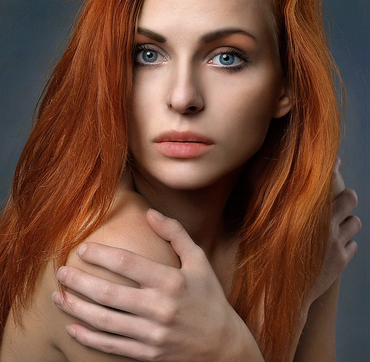
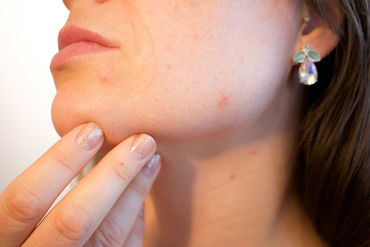
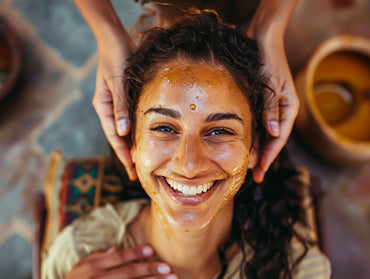
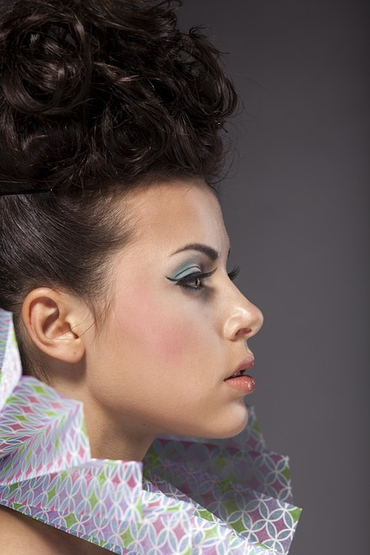
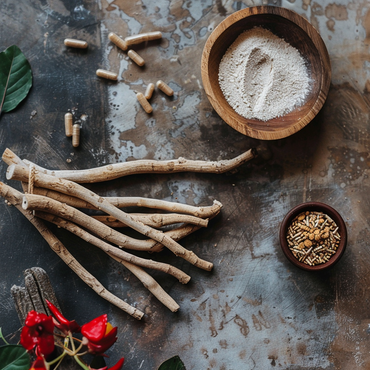
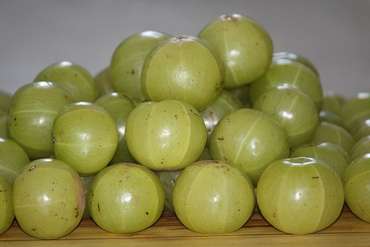
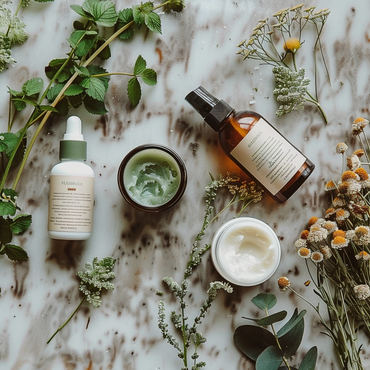
comments (0)